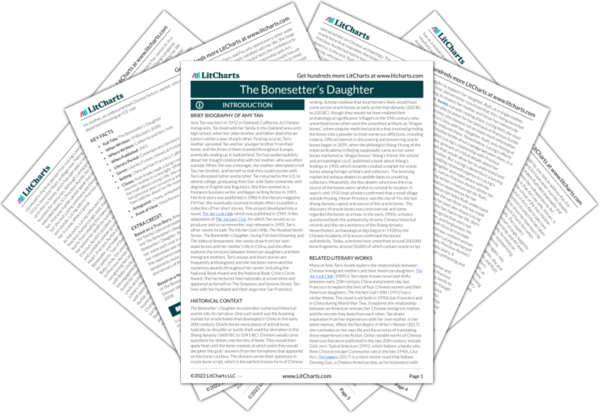In referring to LuLing as Ruth's problem, Art distances his life from Ruth's. Ruth has made countless efforts to ensure that Art's life fits into her own; after all, Art's two daughters from his previous marriage live with them part-time, and Ruth has become a stepmother to the girls, despite not being married to Art. And yet, Art doesn’t seem willing to take on the burden of Ruth’s challenges. However, Ruth doesn’t seem to have actually confronted Art about this imbalance in their relationship, so it’s possible that he would rectify his insensitivity if she brought it to his attention.
